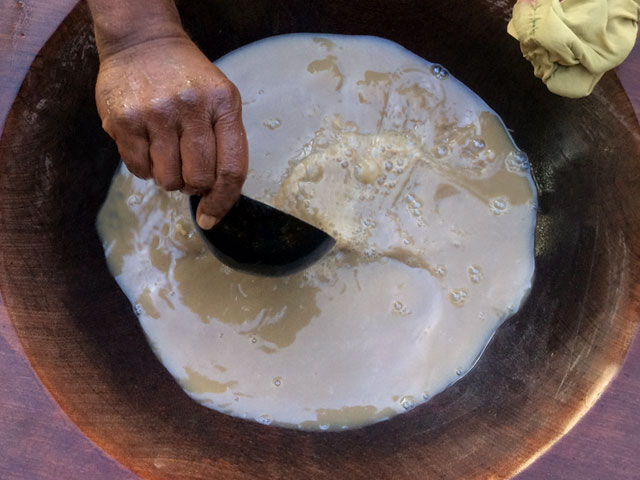The Future of Kava: Emerging Trends and Technologies in Kava Production and Processing

Kava has existed for thousands of years, traditionally used by local communities all over the Pacific Islands. The kava drink—or tea—made from the plant has been used in ceremonies and rituals to promote peace, happiness, and relaxation for over 3,000 years. In more recent decades, the popularization of kava has started to expand beyond the islands where it’s found. With the kava drink reaching a wider audience, it’s important to look at what the future holds. What are emerging trends in the production and processing of kava, and what does that mean for its quality?
The Evolution of Farming Practices
For centuries, farmers in the South Pacific have used simple techniques for growing and preparing their kava—washing the plants’ roots, dicing them, letting them dry in the sun, and pounding them with a tabili. Because of the drink’s growing popularity around the world, many governments in the South Pacific are getting more involved in the process, attempting to modernize their practices for kava production.
While kava’s popularity offers much more opportunity within these islands, it also means traditional farming practices will shift to meet government regulations and keep up with demand.
Kava can take three to five years to fully grow, which means there’s a higher chance of bad weather taking its toll. It’s becoming increasingly common to see kava grown in nurseries in order to help protect the plants from heavy rain and wind, as well as offer the appropriate shade necessary for their growth.
The kava roots that Kava Depot imports are grown sustainably at small farms, helping to stimulate the local economy and support thousands of families. The larger trees provide shade for the smaller plants, and after two crop cycles, the forest is left alone entirely so it can grow back.
Exporting and Importing Kava
Though the kava root is what’s used for the traditional drink, some kava exporters will use other parts of the plant as fillers to add weight when exporting the powder. This can be incredibly dangerous, as other parts of the kava plant have the potential to be toxic if consumed.
At Kava Depot, each batch of 20 or more tons is thoroughly tested at an FDA-approved facility for heavy metals and microbiomes to ensure the kava’s safety for consumption. The imported kava is grown organically and is free of chemicals or pesticides. Additionally, Kava Depot imports only the whole roots of the plant, processing the kava in-house, which eliminates any possibility that the stems or other shavings of the plant are included.
There are many varieties of kava, depending on where in the South Pacific the plant was grown. These varieties have different chemotypes—orders in which the six primary alkaloids are ranked based on the amount found within that specific batch. The chemotype essentially tells us what characteristics are more prevalent in the kava—from promoting relaxation and happiness to stimulation and pain relief. Kava Depot offers a Certificate of Analysis with each batch, meaning customers will always know exactly what they’re getting, including the chemotype and potency.
The growing popularity of kava may mean more regulations, but that ultimately helps ensure the safety and quality of the plant. Drinking high-quality kava is important for having the best experience possible.

